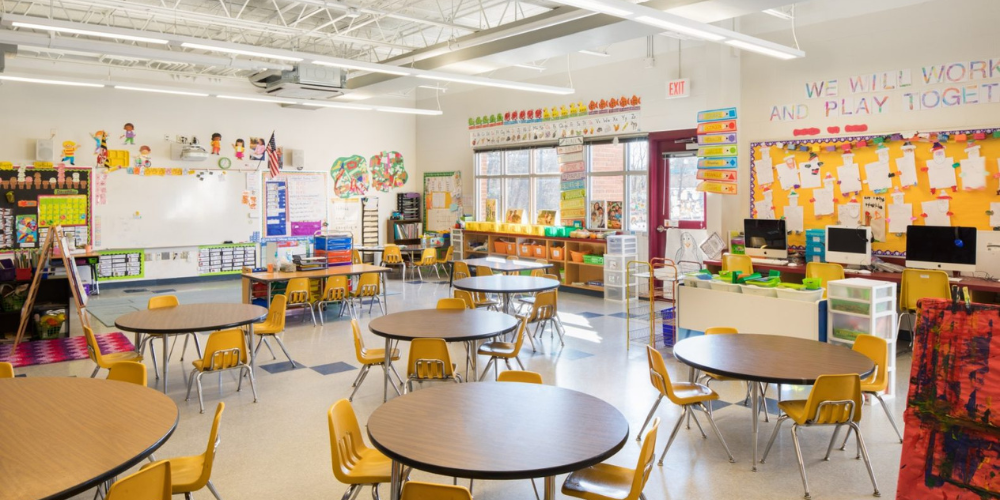As a teacher, your domain is your classroom, where you spend most of your time teaching or inspiring students. The classroom is such a place where the space design reflects the authentic style of the teacher. If you wish to have a specific manner that promotes your teaching style, you can create a well-sorted design to invoke a learning philosophy among your students.
Here we will discuss how a well-designed classroom reflects your teaching style and get numerous benefits of increasing student engagement.
The Layout of the Classroom
Whenever a student walks into the class, the first thing he notices is the course layout. It sets the tone of the learning environment, which primarily affects student behavior toward learning.
Instead of the traditional rows, you can create clusters, pair workspaces, or collaborative groups where learning can happen through the mutual communication of peers.
So a well-designed classroom speaks for itself and marks a particular teaching style that affects the children's psychology and learning. You can get various daycare furniture for sale to upgrade your classroom design.
Traditional Rows
The classic classroom layout is the traditional row layout with desks arranged in straight rows, and children sit on them with their faces turning to the front of the class, maybe towards a whiteboard or a multi-media.
Such a layout is teacher-centric, which makes the teacher an authority, and students are expected to listen to the teacher and take notes.
This style works best in lecture-style teaching or where the teacher wants to instruct a project.
Clusters
Clusters and group seatings are on high-trend in modern classroom design. Depending on the project, you can arrange any seats in small groups of two to six students or more.
Classroom cluster arrangement invokes a student-centric learning approach where students work in pairs or small groups to solve problems and share their ideas.
This style invokes collaboration and communication, making it ideal for project-based teaching.
Collaborative Groups
Quite similar to clusters, collaborative groups are more extensive in numbers. In this design, tables, and chairs are arranged in larger groups or circles, encouraging students to work together in a more considerable community-like structure.
Such design helps children learn how to listen to others, it creates acceptance among students, and they welcome different ideas.
Such groups make the child learn to speak when it's his turn, imparting patience and general ethical communication skills. It also creates acceptance among all students.
Classroom Decor
Being a teacher, classroom decor reflects your teaching style and the philosophy of teaching that you carry. You can decorate your classroom using posters or creative writing of students or artwork.
Using students' projects as a display boosts confidence among children and makes the space personalized.
Students are interested in the classroom, and this feature increases student engagement and concentration.
Classroom decor reflects the subject matter and increases interest.
Furniture
Furniture and its organization tell more clearly about the particular teaching style of a teacher. Inclusive use of furniture makes it easy for children to use bookcases or other storage options to work in their designated groups.
Effective use of furniture promotes collaboration and increases children's communication, instilling social collaboration and teamwork strategies.
Bookcases
You can use bookcases or a book reading corner in designing your classrooms to help children read the book of their choice in a cozy reading space where children can relax and read.
Using bookcases in your classroom design shows how essential book reading is for your teaching style. Thus, it marks an impact on children learning.
Conclusion
The classroom's design and layout help create both teaching and learning. A teacher can increase students’ capacity to work in groups or utilize various resources to maximize the teaching and learning experience by teaching a learning environment.


